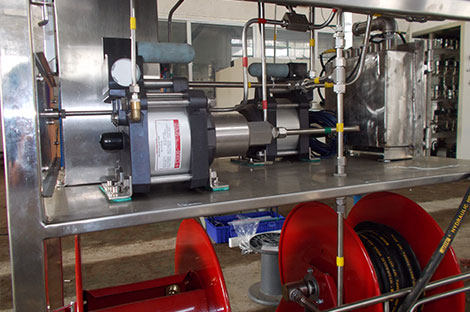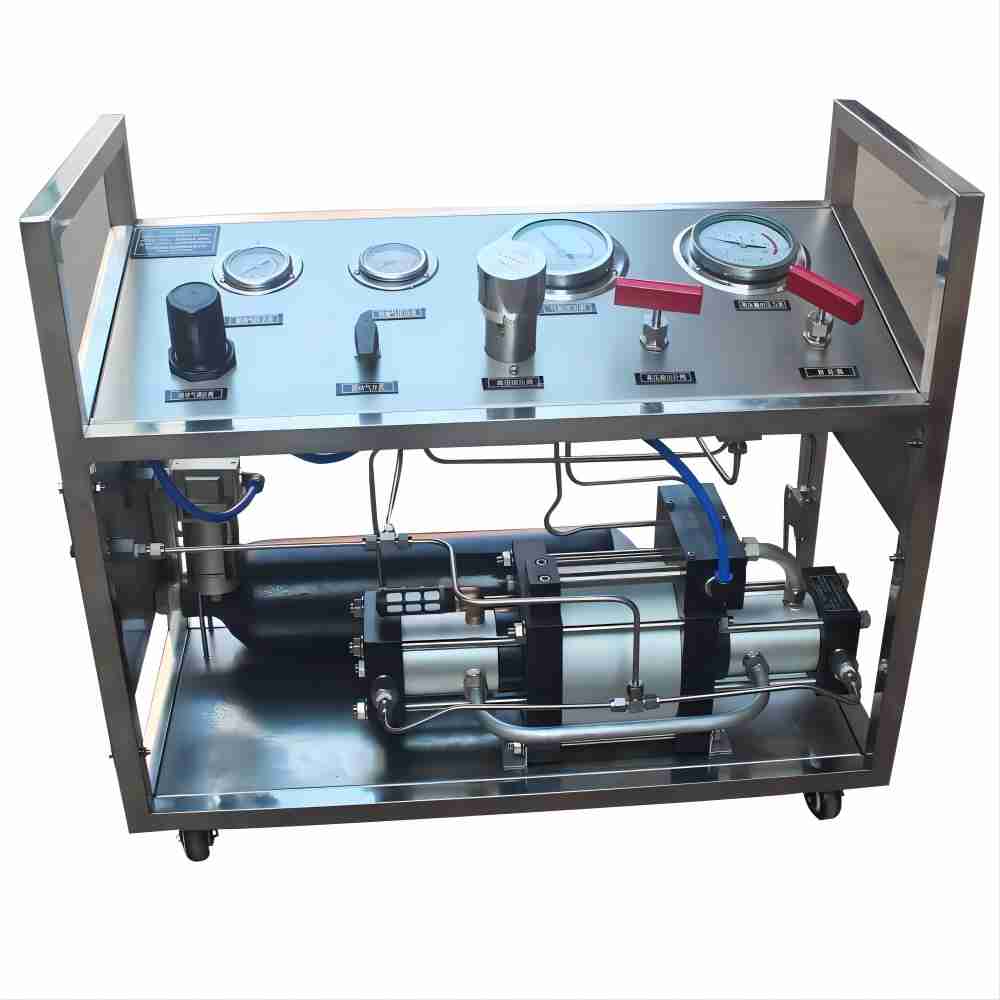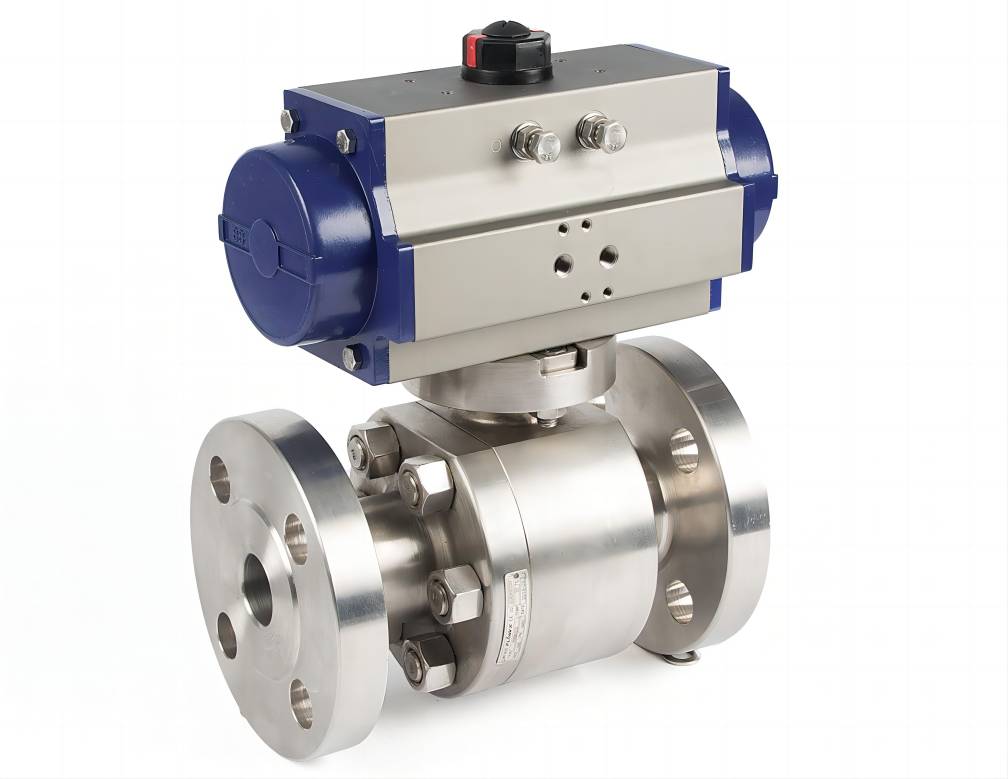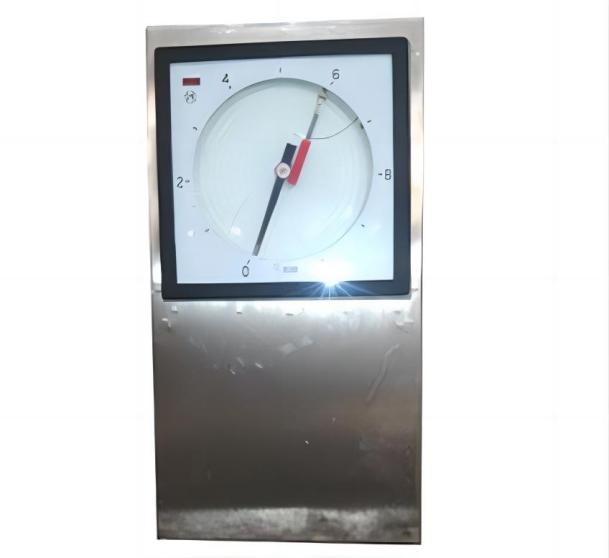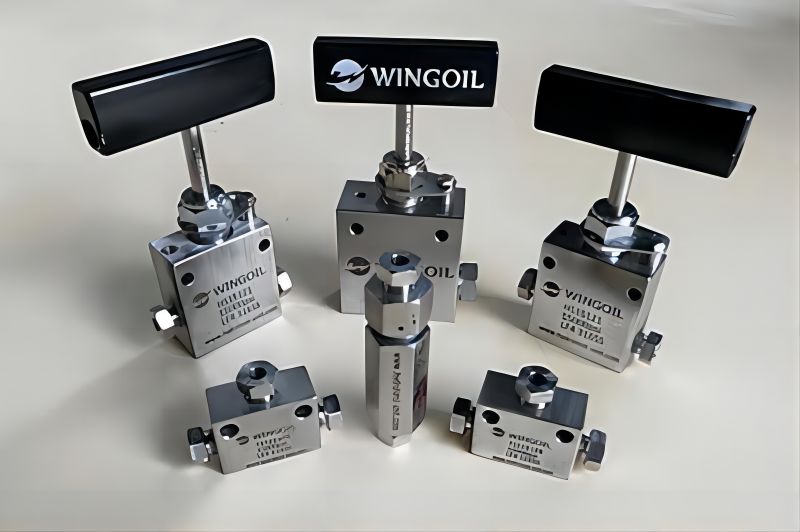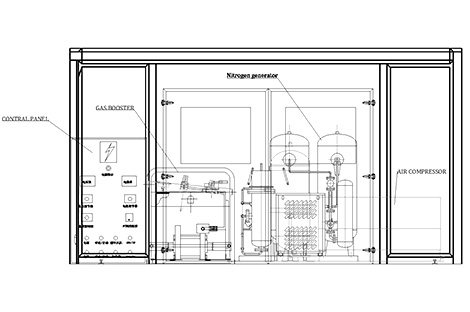Comparison of Several Buffers in Oilfield Equipment
With the sustained and rapid economic development, it has provided a broad market for petroleum and petrochemical products, and at the same time stimulated the demand and development of the petroleum drilling equipment manufacturing industry. Under the demand of the market, oilfield equipment requires a high-speed and efficient operation, and at the same time puts forward requirements for the safety and noise of the oilfield equipment. Is the buffer needed at this point? Let’s talk about the advantages and disadvantages of the two buffers in oilfield equipment.
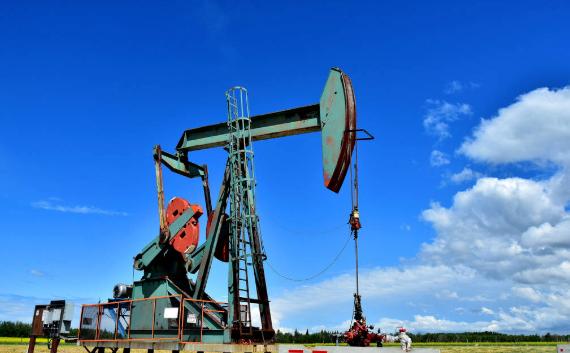
Oilfield equipment will accumulate a large amount of energy during its descent, and release energy in a short time when it reaches the projected position, resulting in a large impact force. If there is no protection of the buffer, the impact force directly hits the oilfield equipment, which will not only generate a lot of noise but may even directly damage the oilfield equipment, causing immeasurable losses. In order to reduce the impact force on the oilfield equipment, buffers are generally installed. The currently known buffers for oilfield equipment are spring shock absorbers and oil pressure buffers.
The advantage of the spring shock absorber is that it is cheap. It uses the characteristics of the spring to convert the received impact force into the elastic variable performance of the spring and then uses the reaction force of the spring to decelerate the impact force. However, if the impact force is too large, the rebound force generated by the impact will also increase, and the rebound speed will be faster. In extreme cases, the rebound force may cause damage to the oilfield equipment, the spring will become fatigued after repeated use for a long time, and the noise during the work process is also inevitable.
The inside of the oil buffer is filled with hydraulic oil and nitrogen, and the compressed gas is used as a return spring. When the impact head is hit by an external force, the piston rod is pressed into the cylinder, and the piston squeezes the oil pressure from the orifice of different sizes. It flows out and enters the oil storage chamber, and the orifice is gradually closed as the stroke decreases, so as to realize the linear deceleration of the moving object. This design not only eliminates the fatigue phenomenon of the spring, but also realizes wear-free work, which can greatly improve the service life of the oilfield equipment, reduce maintenance operations, and reduce the noise generated during the operation.
Through the comparison, it can be seen that the performance of the oil shock absorber is very different from that of the traditional spring. The traditional spring shock absorber still has many defects in use. The oil shock absorber can obtain a large buffer with a small group resistance capacity, which provides an effective technical guarantee for improving operating efficiency.

